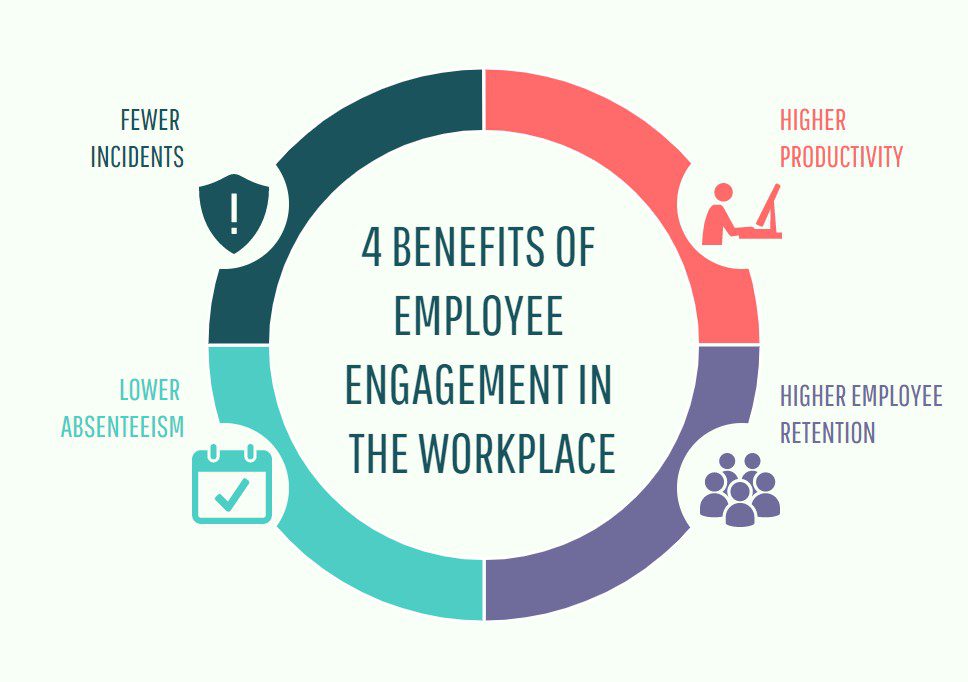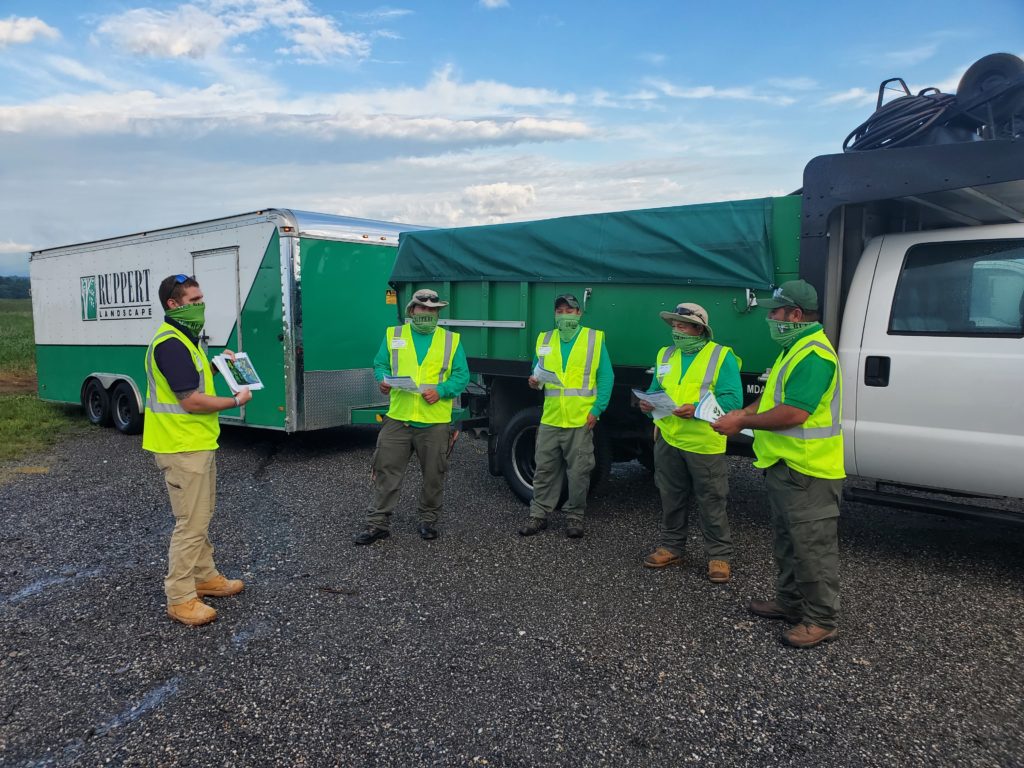 By Dave Sanders, Director of Safety and Risk Management
By Dave Sanders, Director of Safety and Risk Management
Complacent employees may be unaware of the hazards around them. Engaged employees are fully invested in their work, their safety, and the company’s success. They actively offer their suggestions and feedback, follow all safety rules, and actively participate in all safety processes and activities. Having engaged employees can improve our safety culture and performance, which is especially important during critical times. The current COVID-19 pandemic is a perfect example of the need for every employee to understand the hazards they face, the steps they can take to mitigate that hazard, and then make every effort to ensure the job is done right so that everyone goes home without injury.
What is employee engagement?
 Employee engagement refers to the level of involvement and commitment that employees have in their work processes and activities. Commitment is a willingness to devote time and energy to fulfill job responsibilities, including both intellectual and emotional energy in the workplace (SHRM). Committed employees take ownership of their job, go the extra mile and advocate for the company.
Employee engagement refers to the level of involvement and commitment that employees have in their work processes and activities. Commitment is a willingness to devote time and energy to fulfill job responsibilities, including both intellectual and emotional energy in the workplace (SHRM). Committed employees take ownership of their job, go the extra mile and advocate for the company.
Why is employee engagement necessary for workplace safety?
Organizations and employees with high levels of engagement see fewer workplace accidents. In a Gallup Poll, the top 25 percent of workplaces with high employee engagement had 70 percent fewer incidents than those at the bottom 25 percent. Businesses with engaged workers are also more productive, have lower absenteeism, and lower turnover rates, which promotes employee morale, boosts overall business productivity, and enables them to provide reliable services to customers.
How can we increase employee engagement?
 It starts with a shared culture in which everyone knows the company’s values. Values are the defining factors that dictate how employees should behave. They provide meaning, context, and a sense of ownership in the company and its mission. Here at Ruppert, we communicate the company’s values often and live them every day. Our first value is our people and to be true to our first value, we must commit to another important one – the safety of our people.
It starts with a shared culture in which everyone knows the company’s values. Values are the defining factors that dictate how employees should behave. They provide meaning, context, and a sense of ownership in the company and its mission. Here at Ruppert, we communicate the company’s values often and live them every day. Our first value is our people and to be true to our first value, we must commit to another important one – the safety of our people.- Encourage and solicit input and give praise: employees who are at the front line have firsthand experience and knowledge on possible hazards and they can usually offer a solution. Listening and providing constructive feedback, recognition, and a thank you for a job done safely demonstrates to employees that their opinion matters and encourages further buy-in and engagement.
- Provide PPE, the tools and protections they need to do the job. Provide regular trainings to make sure everyone is properly trained to handle equipment, perform tasks, and to know what hazards to look for on jobs. Employees are the most integral part of our successful safety program.
Ways every employee can be involved in safety:
- Read, understand, and follow all company safety rules. Safety rules are in place for your protection. If you do not know the WHY behind the rule – Ask!
- Ask your supervisor for additional training if you feel you need it to operate safely. Consult the Ruppert Edge Binder, Field Manager Guide, or the Learning Management System, we have provided training videos for your learning.
- Before operating any new piece of equipment, read the operator safety manual and follow all manufacturer recommendations. Share what you’ve learned with crew members.
- If you see something that can be made safer, speak up. Don’t be afraid to provide input; no one knows the job better than you.
- Report injuries, accidents, hazards, and near misses immediately. These are the things we learn from in order to prevent someone else from having the same thing happen. You might just save your coworker or another crew or branch from your experience.
- Participate in your weekly tailgate talk. Maybe even offer to lead the discussion.
- The morning stretch is a good place to offer input and maybe even volunteer to lead the stretch.
- Do you know how many days your branch is accident free? If not, find out.
- Look over the branch safety bulletin board for added information and to see where your branch stands on the incident charts.
- Volunteer to mentor a new crew member and train them on how to do their job safely. Always watch out for the person working next to you.
There are many other ways you can get involved and be a safety motivator to make us a more productive and efficient company. When everyone is engaged in safety, we are doing our part to reduce accidents and ensure we all go home safely to our families each day.
 By Dave Sanders, Director of Safety and Risk Management
By Dave Sanders, Director of Safety and Risk Management It starts with a shared culture in which everyone knows the company’s values. Values are the defining factors that dictate how employees should behave. They provide meaning, context, and a sense of ownership in the company and its mission. Here at Ruppert, we communicate the company’s values often and live them every day. Our first value is our people and to be true to our first value, we must commit to another important one – the safety of our people.
It starts with a shared culture in which everyone knows the company’s values. Values are the defining factors that dictate how employees should behave. They provide meaning, context, and a sense of ownership in the company and its mission. Here at Ruppert, we communicate the company’s values often and live them every day. Our first value is our people and to be true to our first value, we must commit to another important one – the safety of our people.